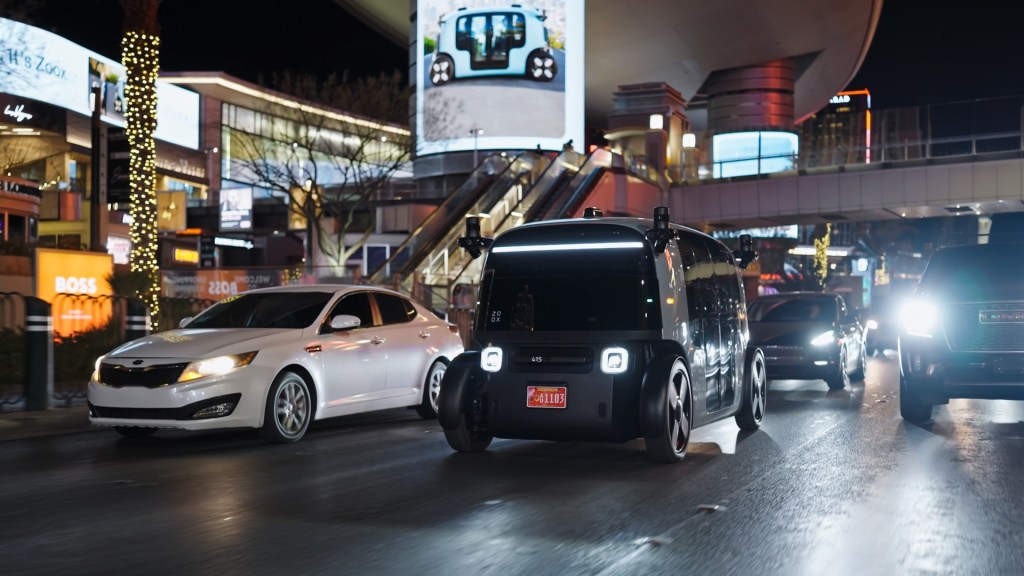In a groundbreaking demonstration of its autonomous driving technology, Tesla has successfully completed the first fully driverless delivery of a Model Y SUV. The vehicle autonomously navigated approximately 15 miles from Tesla’s Gigafactory in Austin, Texas, to the residence of its new owner, marking a significant milestone in the company’s pursuit of self-driving capabilities.
The Journey:
The Model Y embarked on its journey from the Gigafactory, traversing a complex route that included merging onto highways, executing right turns at red lights, navigating roundabouts, and performing unprotected left turns. These maneuvers, once considered formidable challenges for autonomous vehicles, were executed seamlessly, showcasing the advanced capabilities of Tesla’s self-driving software.
Technological Underpinnings:
Equipped with the same software utilized in Tesla’s limited robotaxi service in Austin, the Model Y operated without any human presence onboard or remote assistance. Upon reaching its destination, the vehicle’s software was downgraded to Tesla’s commercially available Full Self-Driving (Supervised) system, which requires driver supervision. This demonstration underscores Tesla’s commitment to advancing autonomous vehicle technology and its potential applications in everyday scenarios.
Strategic Timing:
The timing of this autonomous delivery aligns with Tesla’s upcoming release of second-quarter delivery figures and financial results. Amidst a backdrop of declining sales in 2024 and public relations challenges stemming from CEO Elon Musk’s political engagements, this achievement serves as a strategic move to bolster investor confidence and public perception.
Comparative Landscape:
While Tesla’s accomplishment is noteworthy, it is not without competition. Companies like Waymo have been operating fully autonomous vehicles on highways in cities such as Los Angeles, Phoenix, and San Francisco. Additionally, Zoox has conducted driverless rides across various road types in Las Vegas. These developments highlight the rapidly evolving landscape of autonomous vehicle technology and the race among companies to achieve full autonomy.
Historical Context:
Tesla’s journey toward autonomous driving has been marked by both innovation and controversy. In 2016, the company released a video showcasing a vehicle purportedly driving itself through the Bay Area. However, it was later revealed that the route was pre-mapped, and the video did not accurately represent the vehicle’s capabilities at the time. This history underscores the importance of transparency and accuracy in demonstrating technological advancements.
Regulatory Considerations:
The successful autonomous delivery also brings to the forefront questions about regulatory approvals and safety standards. As Tesla continues to push the boundaries of self-driving technology, it must navigate a complex regulatory environment to ensure the safe and legal deployment of its autonomous vehicles.
Conclusion:
Tesla’s first fully autonomous delivery of a Model Y to a customer represents a significant step forward in the company’s self-driving ambitions. While challenges remain, including regulatory hurdles and competition from other industry players, this achievement demonstrates Tesla’s ongoing commitment to innovation in autonomous vehicle technology.



